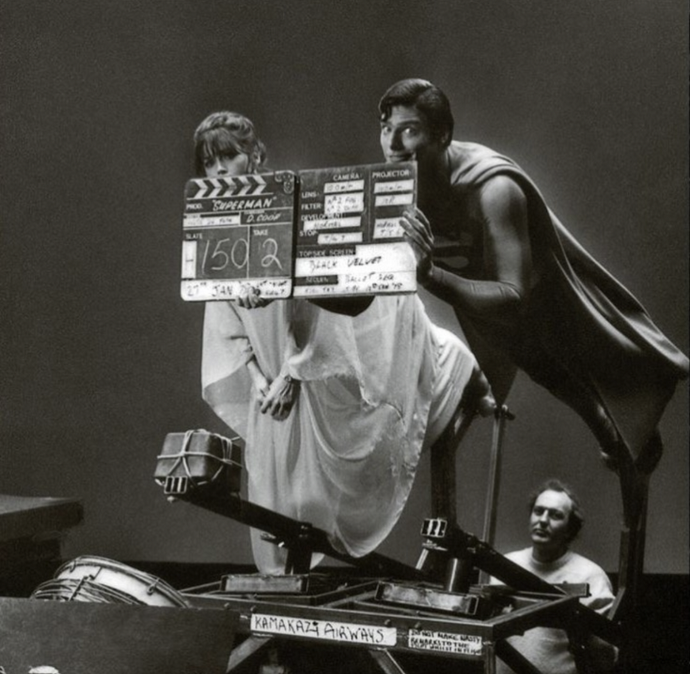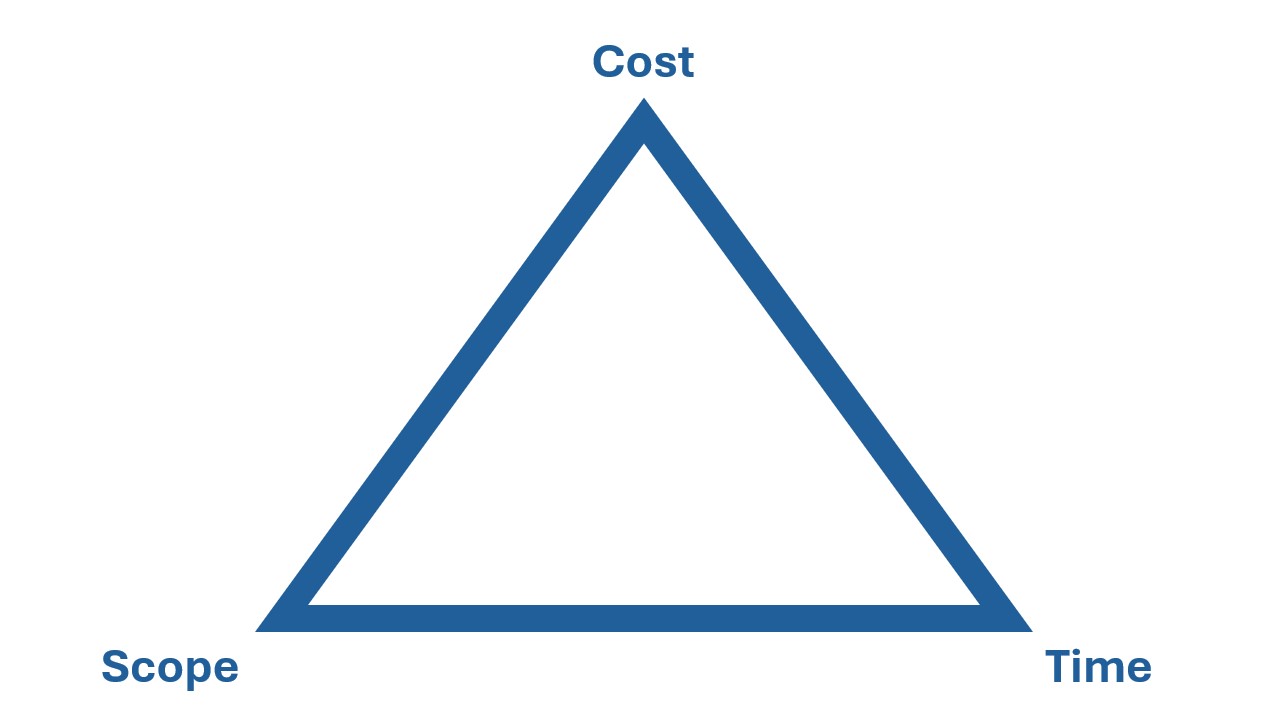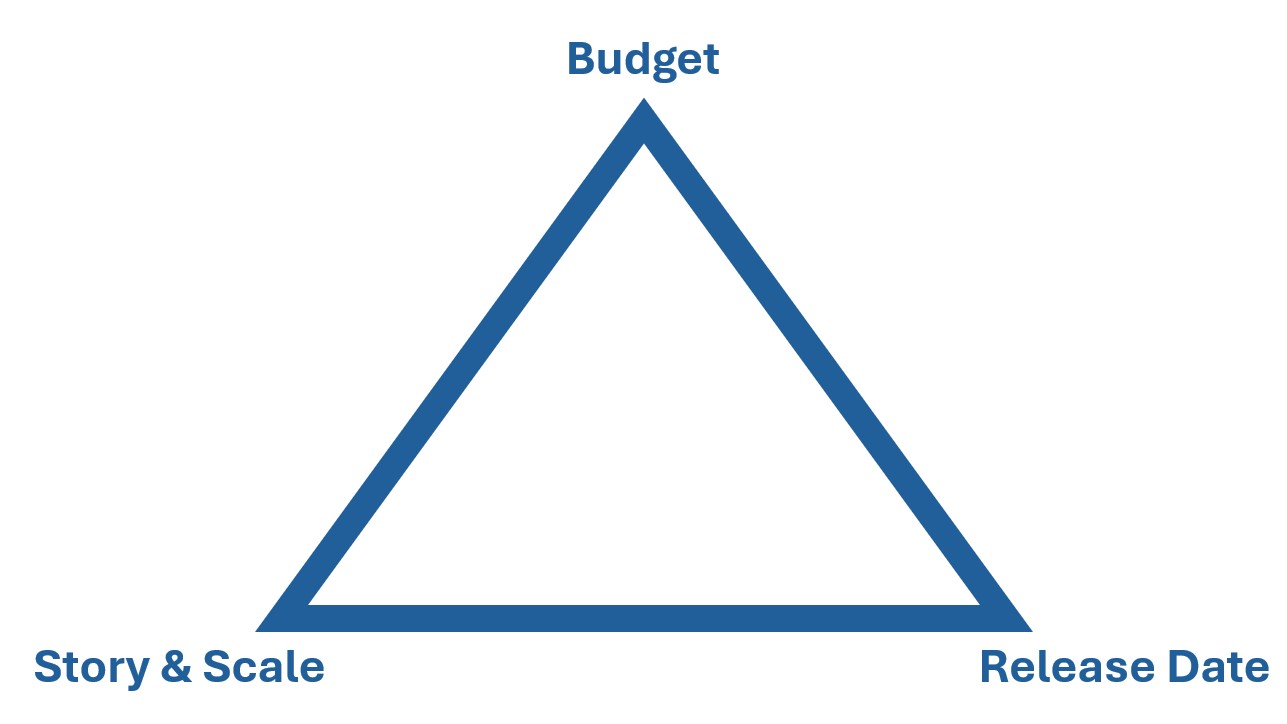Yes. Why indeed? It seems to be a feature, and not a bug, these days that movie budgets just climb and climb without a corresponding increase in quality. In quite a few cases, quite the opposite happens. Movies are so expensive today. To put this into context a few days ago one of our Outposters, Junior Disprin, commented:
“Watched the ’76 Omen a few days ago – you get an Oscar-winning star, a host of great character actors, an acclaimed composer, some nice sets, big set pieces, and location shooting across the globe and, adjusted for inflation, it cost under $20 million to produce.
Today they’d probably shoot the whole thing against a green screen with a bunch of nobodies and it would – somehow – cost ten times that.”
He’s got a point. Adjusting movie budgets for inflation shows us that, clearly, something is rotten in the state of Hollywood.
Inflation Is Not The Answer
For example, Outpost favorite Jaws. Shot entirely on location, with huge sequences out on the water and a notoriously troubled production that went way over budget. 1975 cost:$9 million / 2024 cost: $53 million.
Star Wars was groundbreaking and created new VFX techniques during production. Again, notoriously over budget with a concerned studio behind it. 1977 cost: $11 million / 2024 cost: $65 million.
Raiders Of The Lost Ark was a location-heavy stunt extravaganza, at a huge scale! It was made by two Hollywood heavyweights who could name their price at the time. 1981 cost: $20 million / 2024 cost: $116 million.
Superman: The Movie was the biggest budget ever, at that point, but was actually funding two movies as the sequel was mostly shot at the same time. In 1978 it cost: $55 million / 2024 cost: $261 million.
So you need to go to the biggest movie budget of all time in 1978, which actually funded two movies, to get to something on par with what is a pretty standard budget today for a big studio project. Crazy!

So what is going on? Why are budgets climbing out of control? Partially, it is due to the way Hollywood balances its books. We talked in some depth about the sharp practices of Hollywood Accounting in an article that keeps us uninvited to parties. We wont regurgitate that here, but the issue as far as accounting goes is broadly the loading of costs onto projects.
It is in Hollywood’s interests for movies to seem not quite as profitable as they can be, as this then reduces the amount of tax due, or back-end points they have to pay out on. This is achieved by such borderline criminality that ranges from internally charging subsidiaries for the smallest expense, all the way up to bundling movies together into financial instruments to spread costs and dilute profits.
However, there is also something else. Something relatively new. Something Hollywood has done to itself.
The Iron Triangle Of Doom
Outside of hanging around here bitching about movies with you fine Outposters, some of us even have real jobs. Let’s pretend for a moment that some us work to deliver things for clients or customers.
Whether you are making widgets, building software, or delivering major transformations, you will eventually find yourself in the world of “project” and pretty quickly you will become familiar with one of the immovable universal laws of delivery – the Iron Triangle:

This simple model remains undefeated. You simply cannot satisfy all three points of the triangle simultaneously. If your costs are absolutely fixed, and your scope (what you are delivering) also cannot flex, then this will drive the timescales – likely out to the right.
If you are operating in a world where your deadline (time) is fixed and your budget will not be allowed to flex, then you will be forced to make decisions about the scope. Now, let’s look at this through a more movie-related lens and talk about that:

As you are all Outposters, which means you are superior movie beings, you are probably already way ahead of me here. You can already see the problem, as defined by the Iron Triangle of delivery that remains, remember, undefeated.
Think about a modern major franchise. The release date (i.e. your timescale) is fixed years in advance. It absolutely cannot move, even more so these days as we are dealing with mega-franchises and cinematic universes. The production must be wrapped and the movie must be ready by X date as the star is needed for cameos in an adjacent project.
Meanwhile, several other movies in the cinematic universe are connected to this by hard dependencies. This movie must come out before the next movie in the universe as it is all one big plan.
So timescales – the release date – cannot move!
Your story and scale (i.e. your scope) are not flexible. You are working within a framework set out by the cinematic universe… and you are probably making some kind of sequel. You simply have to hit certain story beats to fit into the cinematic universe. You have to resolve certain plot points left hanging from other movies or set up new ones for the next installment in this mega-franchise.
So scope – your story and scale – cannot move!
So, having painted themselves into this corner, modern Hollywood finds itself with one, single release valve. Cost. The costs have to be piled on. If you have to hit a certain date without fail, and narratively you can’t make a smaller movie, you simply have to throw resources at it.
More FX teams, more set dressers, bigger wardrobe departments, more make-up artists, more units shooting simultaneously. You have to double-bag and triple-run this thing right to the wire and every time you hit a snag you only really have one answer, open your wallet and throw money at the problem.

The Perfect Storm
So with the very nature of filmmaking in today’s world loading costs onto the top line, and with finance departments, producers who want their cut, and fleets of executives loading costs onto the bottom line through their sharp practices and crooked Hollywood accounting, budgets are now comically large.
In fact, budgets are completely out of control and in danger of bringing the whole show down. When every single Summer blockbuster has to clear $1 billion just to turn a modest profit then things are simply unsustainable.
Analysts are waking up to this issue, hence the challenging share price movements across the industry. Will the suits?
And even if they do… are they even capable of doing anything about it?






